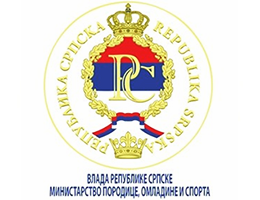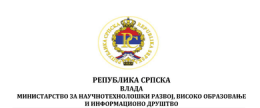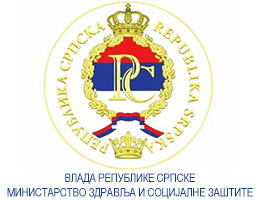Differences In Motor Skills In Judo Players Of Different Ages
Volume 1, Issue 2 (2011)
Volume 1, Issue 2 (2011)
Differences In Motor Skills In Judo Players Of Different Ages
Abstract:
According to the structural analysis of judo, movement is one of the polystructural acyclic activities whose results are a binary variable: won - lost. The aim of training in judo is to enhance the skills of running a competition with an opponent. The primary route, by which this goal is achieved, is the development of motor skills, which are divided into basic and specific. Judo is a sport in which a dominant role has motor skills balance, coordination, strength, speed and endurance. The survey was conducted on a sample of 60 highly selected young judoka (30 judokas belong to the cadet age group, and 30 are juniors), members of the broader list of cadet and junior national team of Serbia, aged 16 to 20 years. The aim was to determine differences in motor skills in judo players of different ages.15 variables used to assess motor skills. At the univariate, level only for two variables, which are used to assess flexibility, and for one, which was used to assess speed junior judokas, did not show statistically better results. At the multivariate level, we performed a canonical discriminate analysis of young judo athletes at junior and cadet level. This function primarily indicates that there are fundamental differences that are reflected in significantly higher specific motor abilities of juniors, primary in greater explosive strength, repetitive strength and coordination.
Keywords:
judo, motor abilities, younger age sports
Full Text:
References:
- Bratić, M. (2003). Džudo. Niš: Fakultet fizičke kulture.
- Bratić, M., Nurkić, M., & Kasum, G. (2005). Research on the effects of resistance training on the special strenght of judokas. Acta Universitatis Palackinae Oloumucensis - Gymnica, 35 (2), 51-7.
- Dintiman, G., Ward, B., Tellez, T. (1997). Sports Speed. Champaign, IL: Human Kinetics.
- Gredelj, M., Metikoš, D., Hošek, A. & Momirović, K. (1975). Model hijerarhijske strukture motoričkih sposobnosti, 1. rezultati dobijeni primjenom jednog neoklasičnog postupka za procjenu latentnih dimenzija. Kineziologija, 5 (1-2), 7-81.
- Heimer, S., Matković, B., Medved, R., i Zuskin, E. (1997). Praktikum kineziološke fiziologije, 2 izmijenjeno i dopunjeno izdanje. Zagreb: Fakultet za fizičku kulturu.






